41 definition of natural flavors on food labels
Organic 101: What the USDA Organic Label Means | USDA Mar 13, 2019 · This is the third installment of the Organic 101 series that explores different aspects of the USDA organic regulations. Amidst nutrition facts, ingredients lists, and dietary claims on food packages, “organic” might appear as one more piece of information to decipher when shopping for foods. So understanding what “organic” really means can help shoppers make informed choices during ... Natural Flavors: What are they and are they safe to eat? The official FDA definition of a natural flavor is "the essential oil, oleoresin, essence or extractive, protein hydrolysate, distillate, or any product of roasting, heating, or enzymolysis, which contains the flavoring constituents derived from a spice, fruit, or fruit juice, vegetable or vegetable juice, edible yeast, herb, bark, bud, root, le...
What Does "Natural" Mean On Food Labels? - Thrive Market The only (loose) rule that has been made states that to be considered natural means there is nothing artificial or synthetic (including all color additives, regardless of source) included in, or added to, a food that would not normally be expected.
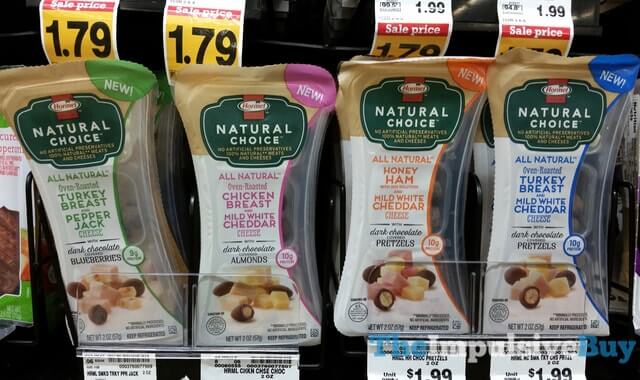
Definition of natural flavors on food labels
What 'natural' means in food regulations - FoodNavigator 'Natural' has become a word consumers like to see on food product packages, while 'clean label' is an industry term to describe an E-number-free ingredients list. But exact definitions depend on who you are talking to, and what additive you are taking about. Natural food - Wikipedia Natural food and all-natural food are terms in food labeling and marketing with several definitions, often implying foods that are not manufactured by processing.In some countries like the United Kingdom, the term "natural" is defined and regulated; in others, such as the United States, the term natural is not enforced for food labels, although there is USDA regulation of organic labeling. Use of the Term Natural on Food Labeling | FDA The FDA has considered the term "natural" to mean that nothing artificial or synthetic (including all color additives regardless of source) has been included in, or has been added to, a food that...
Definition of natural flavors on food labels. PDF Use of the Term "Natural" in Food Labeling FDA's Perspective Use of the Term "Natural" Prior to 1990 •FDA did not try to restrict use of the term, except for added color, synthetic substances and flavors •Under this informal policy, FDA considered "natural" to mean that nothing artificial or synthetic (including colors regardless of source) is included in, What Is a Natural WONF? Deciphering Flavor Labeling Acronyms Artificial flavors: Deliver a familiar taste created with ingredients other than natural sources. The FDA stringently regulates flavors' labeling, so food and beverage processors understand the source (s) of the flavor's ingredients. You can read more detailed information about the FDA food labeling laws here. The "Natural" vs. "Natural Flavors" Conflict in Food Labeling: A ... In reality, "natural flavors" are a far cry from what consumers might expect, as they can contain both artificial and synthetic chemicals (often used as processing aids). Nonetheless, without a legally binding Natural regulation, there has been little opportunity to contest the naturalness of natural flavors in the past. What Does 'Natural Flavors' Mean on Food Labels? - Better Homes & Gardens The term natural flavor or natural flavoring is defined by the FDA as "a substance extracted, distilled, or similarly derived from natural sources like plants (fruits, herbs, veggies, barks, roots, etc.) or animals (meat, dairy products, eggs, etc.) via a method of heating, with its primary function in food being flavoring not nutritional."
FDA to define Natural - FDA Compliance Simplified The agency has avoided the issue for years but on November 12, 2015 the FDA published a "Request for Information and Comments" on the use of the term "Natural" in the labeling of human food products Note that the general term "food" includes dietary supplements. While cosmetics and pet foods are not part of this request for comments, it is highly likely that any definition of ... What are natural flavors, really? | CNN In the Environmental Working Group 's Food Scores database of over 80,000 foods, "natural flavor" is the fourth most common ingredient listed on labels. The only ingredients that outrank it ... What “Natural Flavors” on Food Labels Really Means - PureWow The FDA defines natural flavors as those that get their flavor or aroma from naturally derived sources, like fruits, veggies, meat, seafood, spices, eggs, roots, yeast, dairy…you get the picture. Those natural flavorings can still be manipulated in a lab for the final product, just like artificial flavorings. What Does "Natural Flavors" Mean on the Ingredient List? The FDA defines natural flavor or flavoring as, "the essential oil, oleoresin, essence or extractive, protein hydrolysate, distillate, or any product of roasting, heating or enzymolysis, which contains the flavoring constituents derived from a spice, fruit or fruit juice, vegetable or vegetable juice, edible yeast, herb, bark, bud, root, leaf or...
What's a "natural" flavor? | Go Ask Alice! - Columbia University The Food and Drug Administration has an official definition for the label — a natural flavor is any substance meant to contribute to flavor that is derived from anything natural. This is distinguished from the definition of "artificial flavors" in that artificial flavors are derived from synthetic substances. What is Carboxymethyl Cellulose (CMC)/Cellulose Gum (E466) in Food … 8.1.2020 · What is Cellulose Gum | Properties | Uses | Safety | Side Effects | FAQs. Cellulose gum, or sodium carboxymethyl cellulose (sodium CMC), is a multi-functional ingredient that can be used as a thickener, binder, emulsifier and stabilizer in food with the European food additive number E 466.Together with xanthan gum, they’re the most used and common thickener … What Every Consumer Should Know About Foods and Flavors Current regulations allow use of terms like "maple," "maple-flavored," or "artificially maple-flavored" on the food label without having any maple syrup in the product, as long as it contains maple... Natural Flavorings on Meat and Poultry Labels | Food Safety and ... Defined the ingredients, i.e., spices, spice extractives, and essential oils, that may be declared as "natural flavors" or "flavors" on meat and poultry labels. Required more specific listing of certain ingredients.
What Does All Natural on a Food Label Mean? This means an ultra-processed snack food labelled 'made with natural flavours', may be construed as a better, healthier, or safer choice, simply because of the claim 'natural'. Yet, in reality this 'natural' snack food doesn't offer any advantages in terms of health or safety over its ultra-processed competitor who doesn't make the same claim.

Is 'Natural Flavor' Healthier Than 'Artificial Flavor'? | Natural flavors, Best nutrition apps ...
What does natural flavoring mean on a label? - USDA Knowledge Article Spices (e.g., black pepper, basil, and ginger), spice extracts, essential oils, oleoresins, onion powder, garlic powder, celery powder, onion juice, and garlic juice are all ingredients that may be declared on labeling as "natural flavor," "flavor," or "flavoring."
Natural Flavors: Should You Eat Them? - Healthline Natural flavors are meant to enhance flavor, not necessarily to contribute nutritional value to a food or beverage. These flavorings are extremely common in foods and beverages. In fact, research...
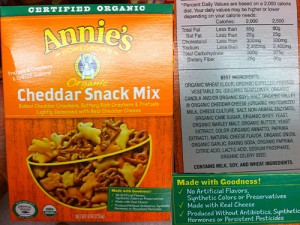
Why I don't buy 90% of the 'food' at Wholefoods - Food Labeling - Flavor Enhancers - Chemical ...
What Are Natural Flavors? - Pure Food Company Reason #1: natural flavors are 90 percent chemicals As you learned above, 80 to 90 percent of the ingredients that make up natural flavors contain chemical solvents and preservatives. These may include the cancer-causing chemical BHA, propylene glycol (found in antifreeze), and GMO corn-, soy-, and dairy-based fillers.
Natural Flavors Defined | NatureClaim The label on a package of food has several pieces of information: (1) nutrition facts, (2) ingredients, (3) allergen information, and (4) if the food has genetically modified organisms (GMOs). ... The keyword here is derived (in bold). A clearer definition of natural flavors should be as follows: mixtures of compounds or a single compound ...
Are "Natural Flavors" Really Natural? Are They Good for You? - GoodRx As it turns out, the word "natural" has no formal legal definition. ... they are the fourth most common food ingredient listed on food labels. You can find natural flavors advertised on the front of food product packaging and in the ingredients list. For some foods, the ingredients may be specific in listing "natural vanilla flavor ...
What does "natural" really mean on food labels? - CBS News In a new survey of 1,000 people by the Consumer Reports National Research Center, nearly 60 percent of people said they look for the term "natural" on food labels when they shop. About two-thirds ...
Navigating Natural Flavor Regulations - Sigma-Aldrich Natural Flavors Definition (USA) Under US regulations, natural flavors are flavors derived from natural raw materials that contain no artificial constituents. Artificial within the meaning of this regulation is synthetic or petrochemical. The raw materials that meet the natural definition include all animal products such as meat, egg and dairy.
Overview of Food Ingredients, Additives & Colors | FDA A color additive is any dye, pigment or substance which when added or applied to a food, drug or cosmetic, or to the human body, is capable (alone or through reactions with other substances) of ...
Food Q&A: Just what is 'natural' flavoring? - TODAY.com Four categories of organic labels were approved by the USDA, based on the percentage of organic content: 100% Organic, Organic, Made with Organic Ingredients, and Less than 70% Organic. Natural ...
'Natural': The most meaningless word on your food label? The FDA follows a 1993 policy that states: "[FDA]has not objected to the use of the term[natural]on food labels provided it is used in a manner that is truthful and not misleading and the ...
13 Misleading Food Label Claims and How Not to Be Tricked 20.10.2021 · Unfortunately, food labels frequently use carefully crafted language that attracts and misleads consumers as a sales tactic. During the ongoing COVID-19 pandemic, consumers’ interest in healthful eating has increased.In addition to growing interest in gut health and eating for mental health, consumers are choosing more plant-based foods, helping plant-based eating …
Interpreting Food Labels: Natural versus Organic - American Society for ... First of all, foods containing natural flavors, sweeteners, or other plant-derived substances can be labeled natural. In addition, foods containing highly processed high fructose corn syrup (HFCS) can also be labeled "natural", since the synthetic materials used to generate HFCS are not incorporated into the final product (2).
Natural vs. Artificial Flavor: Does It Matter for Your Health? Based on many food labels, most flavoring extracts have a shelf life between 6 months to 1 year with the exception of pure vanilla extract. 2. The product contains "natural flavor" (with other natural flavors) Using our same example from above, the use of "natural flavor" to describe pineapple juice means that the juice does not have ...

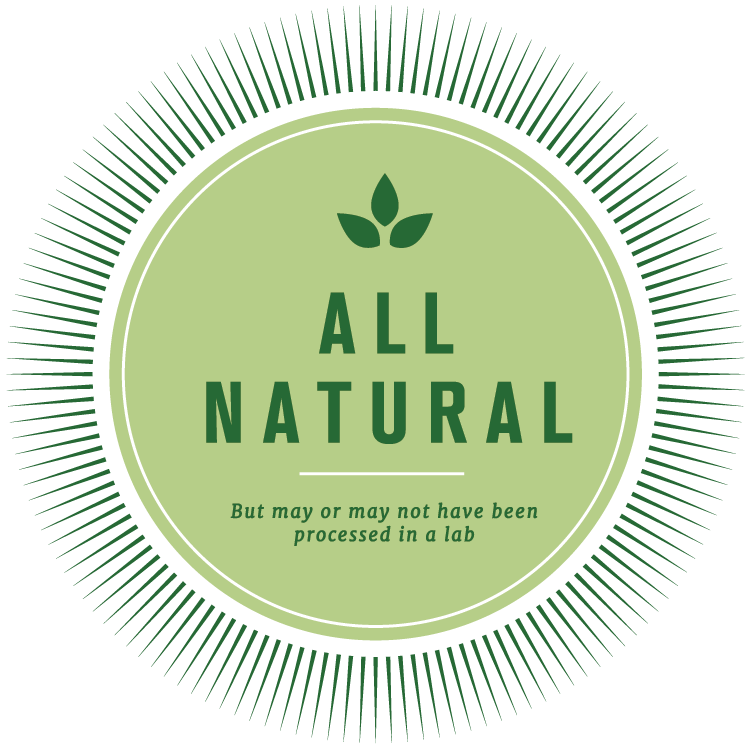

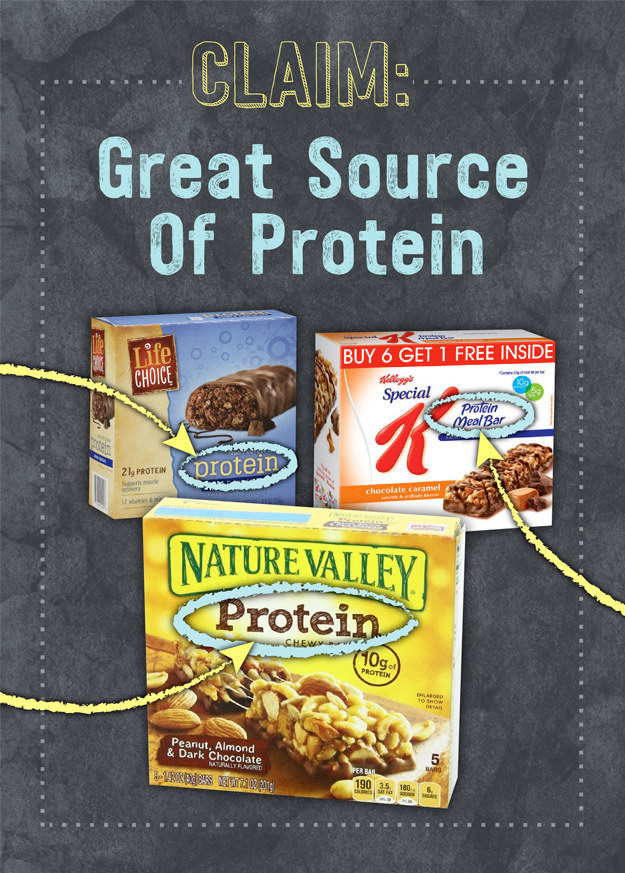

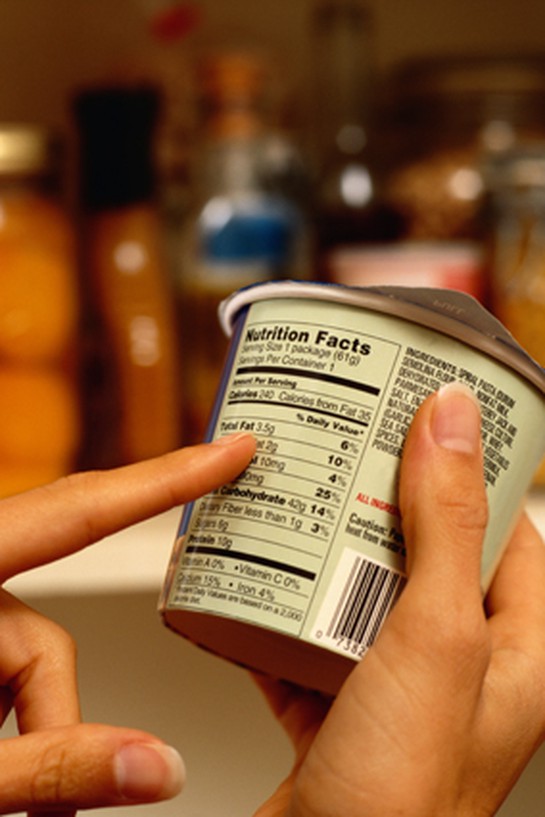



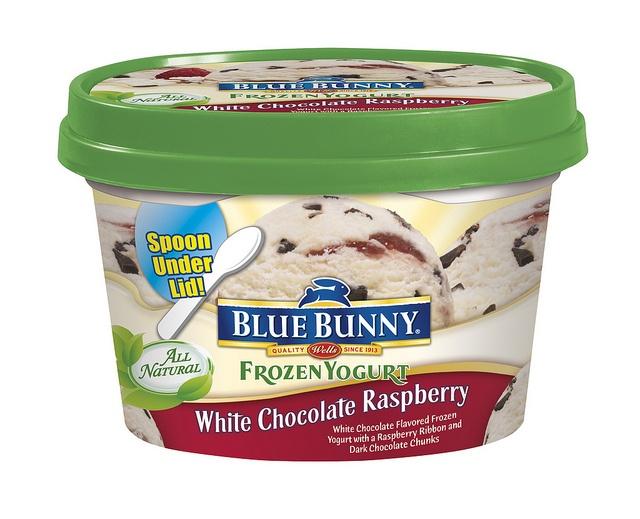

Post a Comment for "41 definition of natural flavors on food labels"